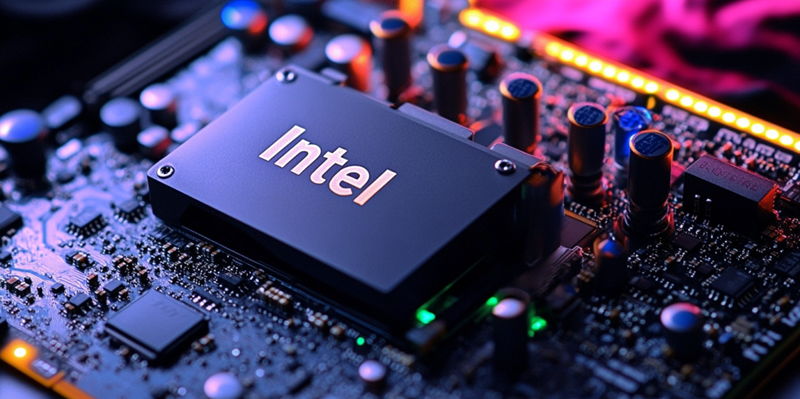Intel’s much-anticipated Battlemage GPUs are rumored to be launched as soon as December, a significant shift from earlier reports that suggested an early 2025 release. Speculative reports are now reimagining Intel’s strategy, suggesting that the tech giant might be accelerating the launch to preemptively respond to AMD and Nvidia’s CES 2025 announcements. By doing so, Intel aims to carve out its own space in the hyper-competitive GPU market. The second-generation Arc graphics cards, under the Battlemage moniker, will likely focus on the budget segment, targeting gamers who desire decent performance without breaking the bank. Notably, known leaker Golden Pig Upgrade indicated that these new GPUs are poised to perform remarkably well, particularly benefiting the lower end of the graphics market. Historically, the Battlemage series was expected to only include entry-level GPUs, but if Intel can offer decent performance, it could significantly enhance the gaming experience for those seeking affordable solutions.
Intel’s Strategy and Market Position
Intel’s decision to expedite the release of its Battlemage GPUs is particularly interesting given the current market dynamics. Nvidia has largely neglected the lower-end GPU market, while AMD’s rumored budget RDNA 3 graphics cards, namely the RX 7400 and 7300, have yet to make an appearance and seem unlikely to do so soon. This leaves a substantial void that Intel’s Battlemage series could effectively fill. The RX 6600, AMD’s current staple in the budget category, is aging and overly relied upon, underscoring the demand for fresh and budget-friendly alternatives. If Intel can deliver on the performance promises hinted at by leaks, the Battlemage series could capture a significant share of this underserved market.
Supporting recent speculation, continuous leaks have pointed towards a late 2024 launch, possibly as soon as November. More structured rumors suggest Intel is already in advanced stages of developing its third-generation Celestial graphics cards, indicating a broader and more committed effort to revitalize its entire GPU lineup. If these rumors hold substance, Intel’s broader strategy likely encompasses a sequenced and strategic rollout of GPU offerings, positioning itself better against the clockwork announcements and product releases from AMD and Nvidia.
Potential Impact on Gaming Market
If Intel proceeds with a December launch, even a limited ‘paper launch’ with restricted stock, it would be a strategic move to generate buzz and set market expectations before AMD and Nvidia make their announcements. This early release could particularly affect the lower-end graphics card market, which has been neglected by current leaders. Budget-conscious gamers have had limited choices, and Intel’s Battlemage could spark competition, pushing the industry to innovate and improve the performance-to-price ratio.
In summary, Intel’s anticipated Battlemage GPU launch in December seems like a calculated move to address a significant market gap. The company aims to cater to budget gamers, a group that has recently been overlooked. Whether Intel’s new GPUs outperform existing products and meet consumer expectations remains to be seen, but there is notable excitement surrounding their release. This anticipation could translate to market momentum, affecting consumer choices and setting a new performance benchmark for budget GPUs. Ultimately, Intel’s success with these graphics cards could redefine the lower-end market, fostering greater competition and innovation, vital for keeping the gaming industry vibrant and accessible.

